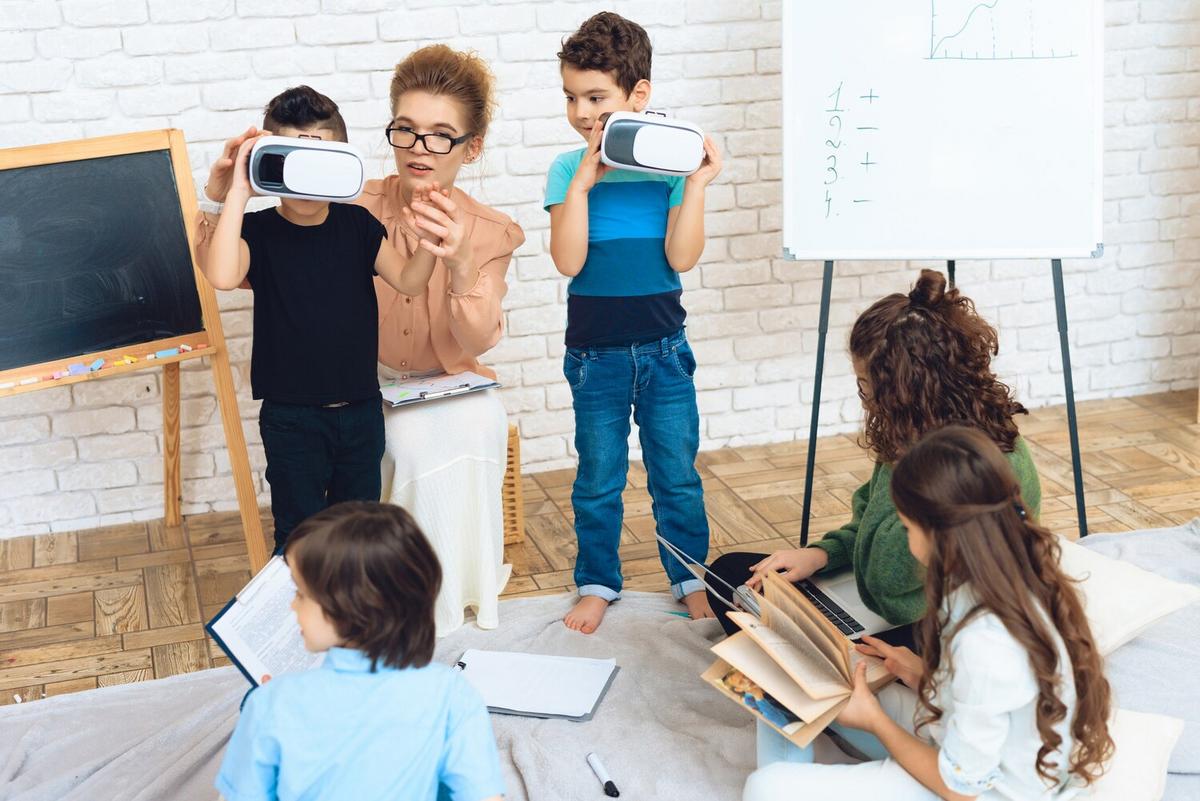
The Influence of Gamers and Gaming Culture on Educational Innovation
Gaming culture is weaving itself into the fabric of educational innovation, transforming how we approach learning and engagement. As educators and developers explore new ways to connect with students, the influence of gamers and their culture is becoming increasingly evident.
The Rise of Gaming in Education
Gaming’s influence on education is undeniable, with evidence showing its potential to enhance learning experiences. According to a report from the Entertainment Software Association, 74% of parents believe that video games can be educational for their children. This shift in perception underscores gaming’s evolving role in educational settings.
Expert Insights
Dr. James Paul Gee, a renowned scholar in literacy studies, emphasizes the educational potential of games. He suggests that games provide problem-solving opportunities and encourage critical thinking. His research indicates that the immersive nature of games can foster deeper learning experiences.
Statistics and Research
A study by the Joan Ganz Cooney Center found that students who engage with educational games show improved math and literacy skills. The study highlighted that 78% of teachers observed increased engagement and motivation in students using educational games.
Personal Anecdotes
Consider the story of Malcolm, a high school teacher who integrated a popular strategy game into his curriculum. He found that students were not only more engaged but also developed better strategic thinking and collaboration skills. This example demonstrates the practical benefits of incorporating gaming elements into education.
Actionable Tips for Educators
- Incorporate game-based learning to increase student engagement.
- Use multiplayer games to promote teamwork and communication skills.
- Leverage simulation games for real-world problem-solving exercises.
Table: Benefits of Gaming in Education
| Aspect | Benefit |
|---|---|
| Engagement | Increases student interest and participation |
| Problem-Solving | Enhances critical thinking skills |
| Collaboration | Fosters teamwork and communication |
| Motivation | Encourages continuous learning |
| Creativity | Stimulates creative thinking |
| Adaptability | Improves adaptability to new challenges |
| Feedback | Provides instant feedback for learning |
| Innovation | Encourages innovative approaches to problems |
FAQ
How can gaming be integrated into traditional education?
Gaming can be integrated through gamification, educational games, and by using game-based learning strategies to complement traditional teaching methods.
What types of games are suitable for educational purposes?
Strategy, simulation, and puzzle games are often effective for educational purposes, as they encourage critical thinking, problem-solving, and collaboration.
Conclusion
As the influence of gaming culture continues to permeate educational innovation, it offers an opportunity for educators to enhance learning experiences. By embracing gaming’s potential, educators can create engaging, motivating, and effective learning environments that prepare students for a rapidly changing world.


